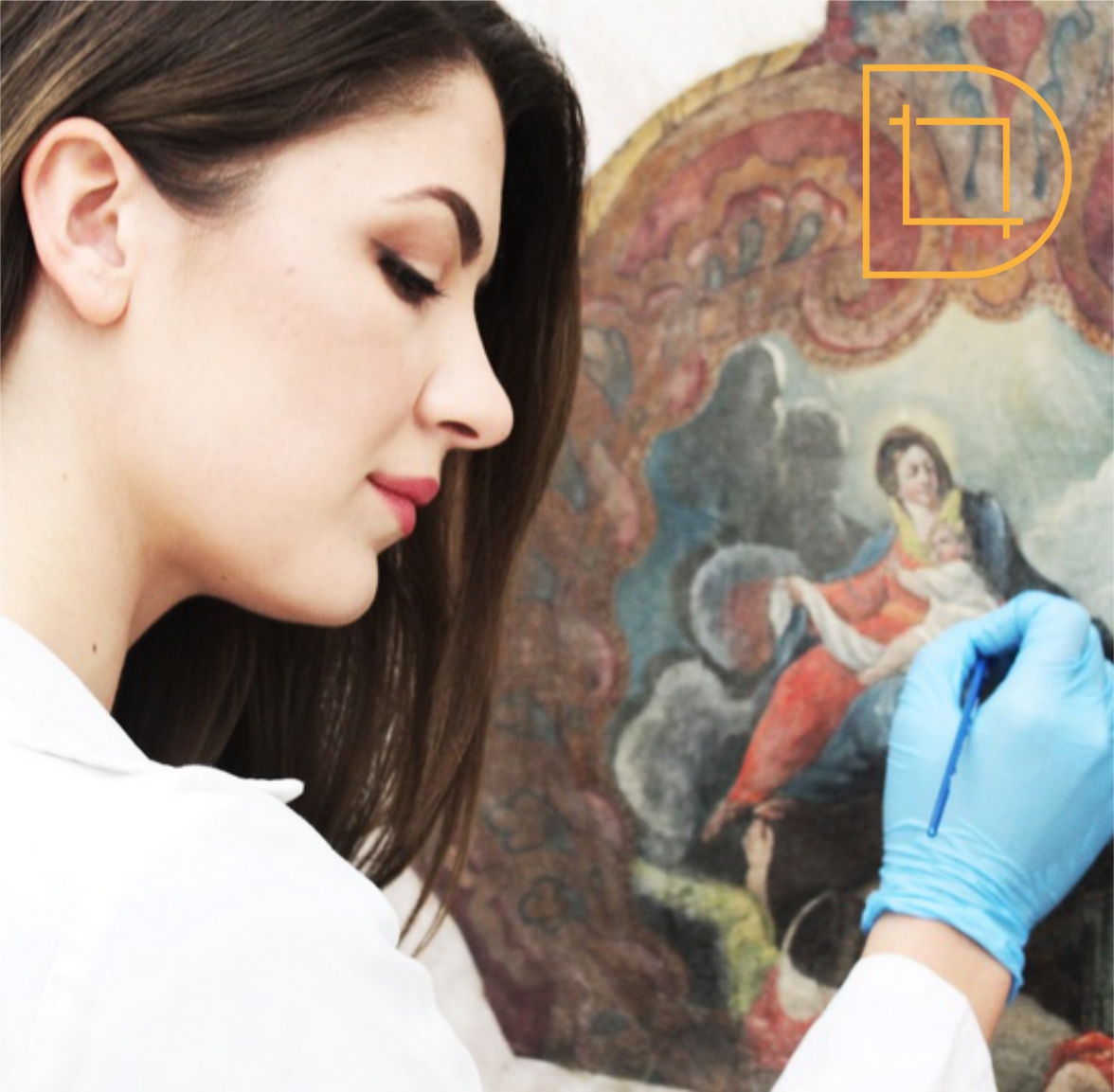
‘After I graduated I had the opportunity to do my professional training in the Croatian Conservation Institute, and I have continued working there until today.
Originally, I was intrigued by restauration and conservation because of its unique combination of science, arts and social sciences with practical manual skills. I have to say that the study programme completely met my expectations. The combination of practical courses and courses in theory was very good. I think that the students who graduate from this programme are fully ready to work without supervision in any of the respective institutions.
I am the co-author of the exhibition ‘History of the Republic of Ragusa’ on paper and parchment, which took place in the Sponza Palace in November 2018. The purpose of this exhibition was to present the results of the entirety of the conservation and restoration works on the most valued part of the Dubrovnik State Archives from the 13th – 15th century. In November 2019, I published the paper ‘Conservation and restoration of archives from the period of the Republic of Ragusa’, which ensued from the above-mentioned exhibition. I have participated in numerous scientific and professional meetings, conferences and seminars.
When you work in restoration, no day is typical. Every artefact on which you are about to work presents itself with a new set of challenges. The process itself includes preliminary research, conducting various chemical analyses, consolidation of physical and chemical damages by various solutions, methods and materials, doing retouching, toning, varnishing, bookbinding…. Therefore, monotony and boredom do not accompany restauration. Most of the time you are working at several artefacts simultaneously, depending on the type and duration of your current phase of work on each one of them.
Every new piece of art that is in front of you is unique. Having in mind how long and rich Croatian history is, it is quite understandable that it is impossible to familiarize yourself with all the techniques, methods, types of bookbinding and similar during your study. This is why each new project or program is a new research, a new chance to improve your skills and knowledge and to learn something new. In order for you to be able to do that, a solid basis of knowledge is needed, which all of us have accumulated through our practical work during our study.
I think that students who choose this profession should really love art. If that is the case, everything is much easier. It also required to be persistent and organised, as is the case with attending any university-level study programme. What I think is required for this particular profession is that you really love this type of work.
I would recommend to all students to apply for Erasmus programs, to use any chance that get to go to field trips and pay visits to other workshops and institutes, and to volunteer whenever they have a chance.’
Gabrijela Savinović, Master of Arts
Conservator and restorer, specialized for archives, books and works of art on paper, Croatian Restoration Institute Dubrovnik











